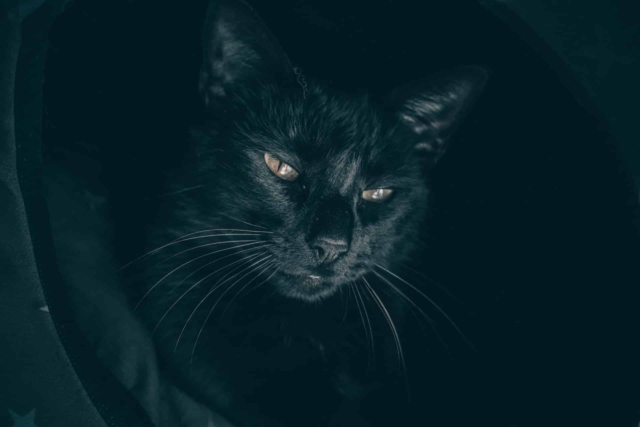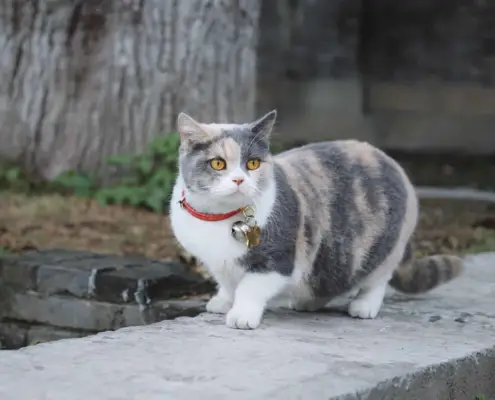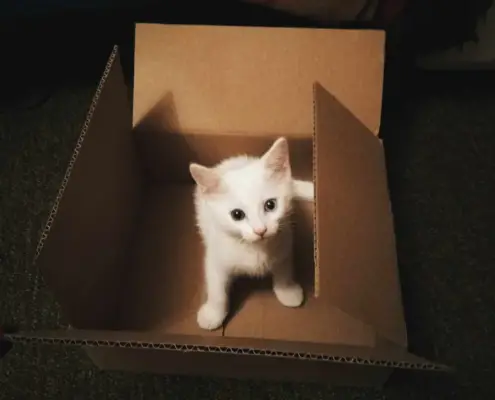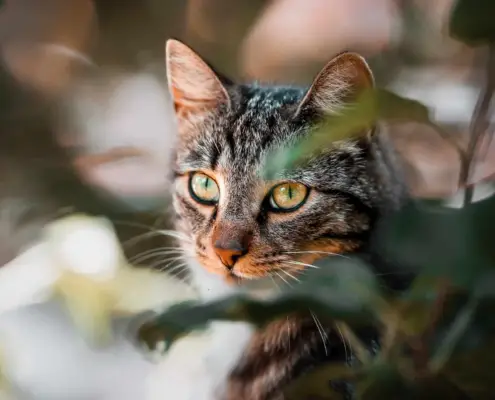
Panting in cats is a natural behavior that helps regulate their body temperature. It is the rapid, open-mouthed breathing that can be observed in cats. Unlike dogs, cats do not pant as a normal means of cooling down. Instead, they rely on grooming and sweating through their paws to regulate their body temperature. Panting in cats is often a sign of distress or an underlying health issue.
Cats usually pant when they are experiencing extreme heat or physical exertion. It is their way of trying to cool down their body. However, panting in cats can also be an indication of stress or anxiety. It is important to understand the context in which your cat is panting to determine if it is a normal behavior or if further investigation is needed.
When is panting normal in cats?
In certain situations, panting can be considered normal behavior in cats. For example, if your cat has been running around or playing vigorously, they may start panting as a way to cool down. Additionally, if you live in a hot climate or your cat is exposed to high temperatures, they may pant to regulate their body temperature. However, it is crucial to monitor the duration and intensity of panting, as excessive or prolonged panting can be a sign of an underlying issue.
Common causes of abnormal panting in cats
Abnormal panting in cats can be attributed to various factors. One common cause is respiratory distress, which can be caused by asthma, allergies, or even heart disease. Other underlying health issues that can lead to panting include obesity, high blood pressure, or hormonal imbalances. Additionally, stress, anxiety, or fear can also trigger panting in cats. It is essential to identify the root cause of the panting to ensure appropriate care and treatment.
When to be concerned about panting in cats
While panting in cats can be normal in certain situations, there are times when it is necessary to be concerned. If your cat is panting excessively or for an extended period, it may indicate a more serious problem. Additionally, if your cat is panting along with other symptoms such as lethargy, loss of appetite, or difficulty breathing, it is crucial to seek veterinary care immediately. Rapid or shallow panting, especially in older cats, should also be a cause for concern.
How to help a panting cat
If you notice your cat panting, there are several steps you can take to help them. First, ensure that they have access to a cool and well-ventilated area. Provide fresh water and make sure it is easily accessible for your cat. You can also use a damp cloth to gently wipe their fur, which can help cool them down. Avoid forcing your cat to drink water or applying ice directly to their body as it can cause shock. If the panting persists or your cat’s condition worsens, seek veterinary assistance.
Preventing panting in cats
To prevent panting in cats, it is essential to create a comfortable and stress-free environment for them. Ensure that your cat has access to fresh water at all times, especially during hot weather. Keep your home well-ventilated and provide shady areas for your cat to relax in. Avoid exposing your cat to extreme temperatures and monitor their physical activity to prevent overexertion. Regular veterinary check-ups can also help detect any underlying health issues that may contribute to panting.
How panting can be a sign of underlying health issues in cats
Panting in cats can be an indicator of various underlying health issues. Respiratory problems, such as asthma or allergies, can cause panting as a result of difficulty breathing. Heart conditions can also lead to panting due to reduced oxygen supply. Obesity or hormonal imbalances can put additional strain on a cat’s respiratory system, resulting in panting. It is crucial to consult a veterinarian if you notice panting in your cat, as it can be a symptom of a more significant health concern.
When to seek veterinary care for a panting cat
If you have any concerns about your cat’s panting, it is always best to seek veterinary care. A veterinarian will be able to evaluate your cat’s overall health and determine the cause of the panting. They may perform a physical examination, run diagnostic tests, or recommend further consultations with specialists if needed. Early detection and treatment of underlying health issues can help ensure the well-being of your cat and prevent any potential complications.
Tips for keeping your cat cool and comfortable in hot weather
During hot weather, it is crucial to take extra measures to keep your cat cool and comfortable. Provide plenty of fresh water and consider using ice cubes to keep it cool for longer periods. Create shaded areas where your cat can rest and relax away from direct sunlight. Use fans or air conditioning to maintain a comfortable temperature indoors. You can also provide cooling mats or place frozen water bottles wrapped in a towel for your cat to lie next to. Remember to never leave your cat in a parked car, as temperatures can quickly become life-threatening.
Conclusion
Understanding panting in cats is essential for every cat owner. While panting can be a normal behavior in certain situations, it can also be a sign of an underlying health issue. Pay attention to the duration and intensity of your cat’s panting, along with any accompanying symptoms. Take preventive measures to keep your cat cool and comfortable, especially in hot weather. And, most importantly, seek veterinary care if you have any concerns about your cat’s panting. By being informed and proactive, you can ensure the well-being of your feline companion.
If you enjoyed my article, I would appreciate you sharing it with your network.

Sima Ndlebe
Sima writes for CatBuzz. He is interested in Cats, Health and Fitness, and Entrepreneurship.
Published: 31 October 2023




